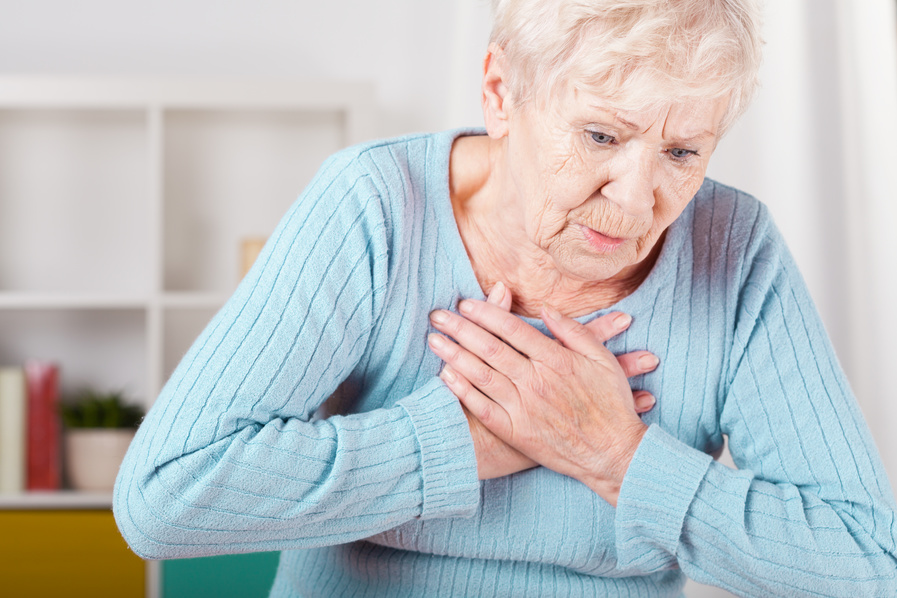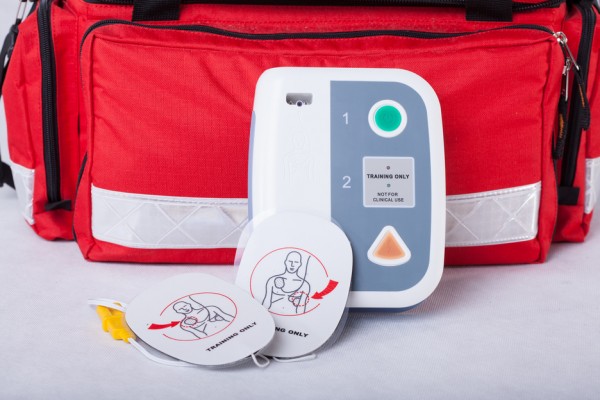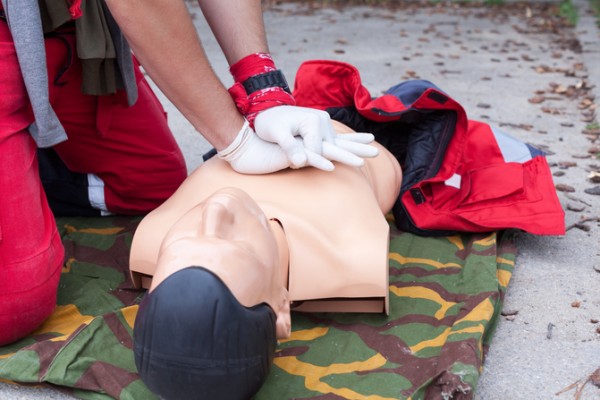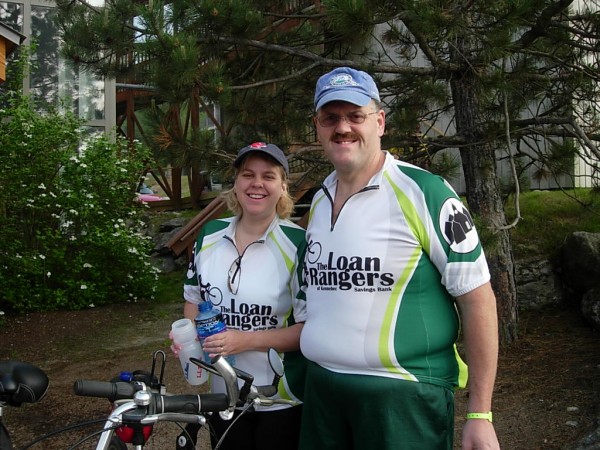March 5, 2007. A day Joe Gould will never forget. It started out like any other day. He went to work and at lunchtime headed to the YMCA in Augusta for his daily workout. Here’s what happened:
“I started my workout and went about what I normally would do. I go on the elliptical trainer and then do a cool down session on a bike. Part of the story is only hearsay because I wasn’t there. I worked out and had switched over to the bike. I had a heart attack on the bike during the cool down session.”
Joe, who was only in his mid-40s, says he was on the floor “dead” for five to seven minutes. A man started doing CPR. Other people ran for Rob Pekins, the aquatics director. He rushed to Joe’s side with an AED in his hands.
“Rob did CPR and administered the AED machine twice on me,” Joe told me when we talked on the phone recently. “Hence, I’m here today to be able to talk to you and tell you the story.”
A report on cardiac arrest released by the Institute of Medicine (IOM) in June 2015, stresses that every minute counts when, like Joe, someone goes into cardiac arrest. If the person isn’t treated within 10 minutes, the chance of survival is almost zero.
Joe says it took the fire department 15 minutes to arrive. He’s convinced that if there wasn’t an AED machine at the Y, he would have been a dead man. “Absolutely,” he says. “And they had to use it twice.”
In most cases, again, like Joe’s, cardiac arrest happens around family, friends or strangers, not emergency responders. Any one of us could play a crucial role in saving a life. But how many of us would know what to do?
The difference between a heart attack and cardiac arrest
Many people, including me until I learned otherwise, use the terms heart attack and cardiac arrest interchangeably. They are not the same thing.
- A heart attack happens when the blood flow to the heart is blocked.
- Sudden cardiac arrest is when the heart malfunctions and suddenly stops beating.
- A heart attack is a “circulation” problem
- Sudden cardiac arrest is an “electrical” problem.
- Most heart attacks don’t cause cardiac arrest, but if you’re having one your risk certainly increases.
- A heart attack is not the only cause of cardiac arrest, but it’s the most common.
- A number of heart conditions can cause the heart to suddenly stop beating.
What to do
If you suspect a heart attack, the most important thing to do is call 9-1-1 immediately.
If the person is in cardiac arrest — the heart has stopped beating — follow these steps:
- Call 911
- Administer hands-only CPR
- Use an AED if one is available
Among other things, the IOM recommends that members of the public be taught to recognize cardiac arrest and learn how to do CPR and use an AED.
In Maine, Medical Care Development Public Health (MCD Public Health) and the Maine Cardiovascular Health Council are trying to address those recommendations. Last year they got a grant to buy and place hundreds of AEDs in rural Maine communities.
Tina Love, a registered nurse and Project Manager at MCD Public Health, says their first step is getting the word out. Letting people know what AEDs are and why they’re important. “The second step,” she says, “is having people start noticing where there are AEDs in their communities and then getting trained — whether they see a video or we link them up with their local EMS or fire department. They need to learn how to use an AED and how to do hands-only CPR.”
What’s an AED?
AED stands for automated external defibrillator. It’s a lightweight, portable machine that delivers an electric shock to the heart. It’s designed so that non-medical people can use it by following simple directions. A recorded voice walks you through each step you have to take.
“It’s all automated,” explains Tina. “The AED will say it’s analyzing the rhythm and then it will tell you whether a shock is advised. If it is, the light flashes and you press that button. There are some safety things, of course, that we want people to be aware of so they don’t shock themselves instead of the patient. But its very, very simple to use.”
Hands-only CPR, not mouth-to-mouth
The biggest drawback to people doing CPR is they’re worried they’ll have to do mouth-to-mouth. All you need to do is push hard and fast (on an adult) in the center of the chest. Do it to the beat of Stayin’ Alive by the Bee Gees, says the American Heart Association.
Where’s the nearest AED in your community?
You don’t know? I didn’t either. Tina says there should be an AED be in your town office, library, schools that don’t have them already, beano hall, rec halls and programs — those kinds of community buildings …
“We’re trying to transform the culture here in Maine,” says Tina. “As part of the process, we’re also building a statewide AED registry and a website — kind of like Google Maps. You’ll be able to search and find out where AEDs are located. This is a difference between life and death. When you talk with survivors they’ll tell you if there was not an AED nearby, they would not be alive today.”
For Joe, an AED saved his life twice. When he was in the hospital being treated for the heart attack (he had three stents put in) doctors discovered he also had a rare bone cancer called chondrosarcoma. It was in the earliest stages and easily treated with surgery. “My doctor calls me a miracle man,” says Joe.
Just a few months later, he and his wife were able to do the Trek Across Maine to benefit the American Lung Association. “My wife wouldn’t let me do it without her,” he says, “so she rode it with me. For a while, she watched me like a hawk. But we’re eight years from it now. Eight new years to make a difference. That’s why I was put on this earth. To make a difference.”
One way he’s doing that is by letting the world know that because there was an AED nearby and someone knew how to use it, Joe Gould is alive today.
Rural AED project
For more information about the Rural AED project in Maine and how you might get an AED for your community, visit the Maine Cardiovascular Health Council website or send an email to Tina Love.
Do you already know where there is an AED in your community? If there isn’t one, it doesn’t mean there’s nothing you can do. If someone collapses and goes into cardiac arrest, call 9-1-1 immediately and do hands-only CPR until emergency personnel arrive.
Watch a video demonstration
We asked a pro to demonstrate how to do hands-only CPR and use an AED. Her name is Laurieann Milligan. She’s the Community Outreach Coordinator at Med-Care Ambulance in Western Maine and the Western Maine Sudden Cardiac Arrest Association Chapter leader.
Many thanks to WCSH for videotaping Laurieann’s demonstration.






Since getting older, I found this article very informative, and I’m definately finding out where there is one in Bath